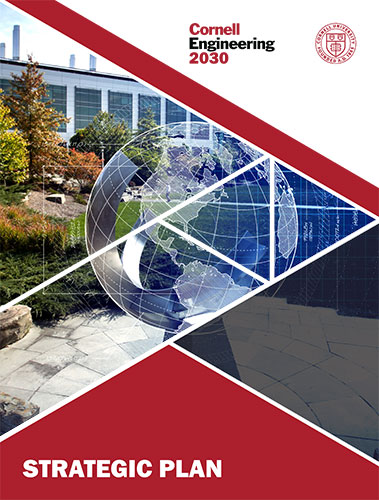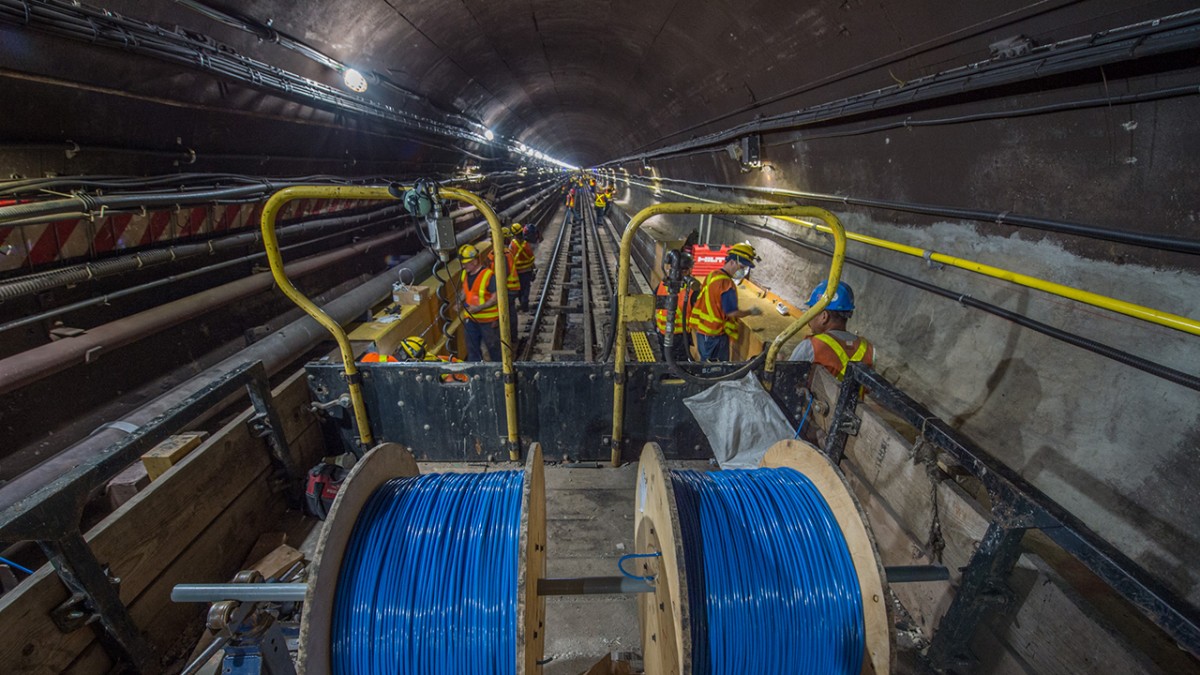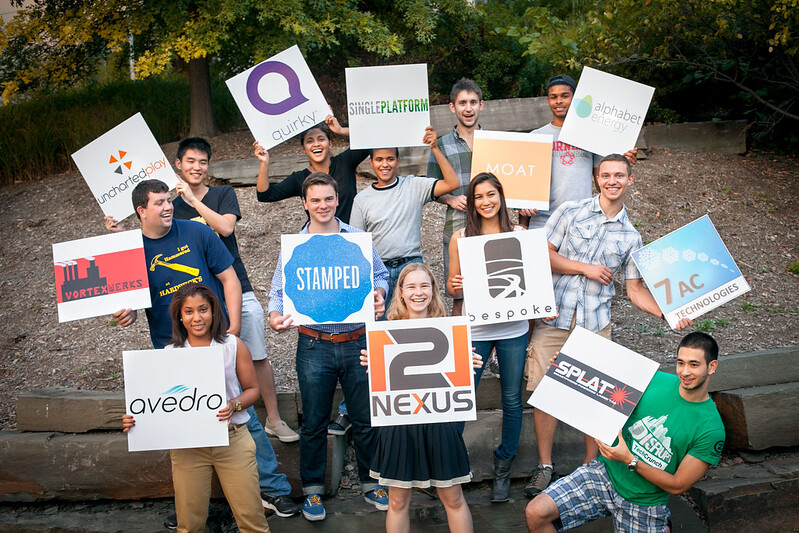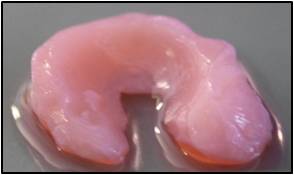Category: Our History
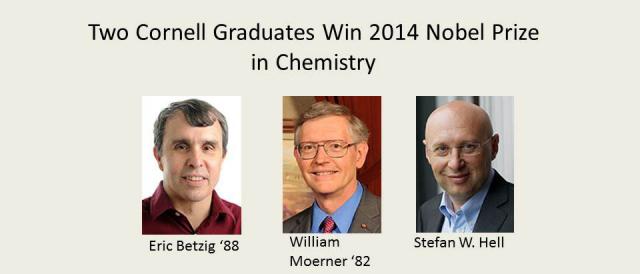
Eric Betzig (Applied and Engineering Physics, Ph.D., 1988; M.S., 1985) along with William E. Moerner, (Experimental Physics, Ph.D., 1982; M.S., 1978) were awarded the Nobel Prize in Chemistry in 2014 for their groundbreaking achievements in optical microscopy where the pathways of individual molecules can be..Read More
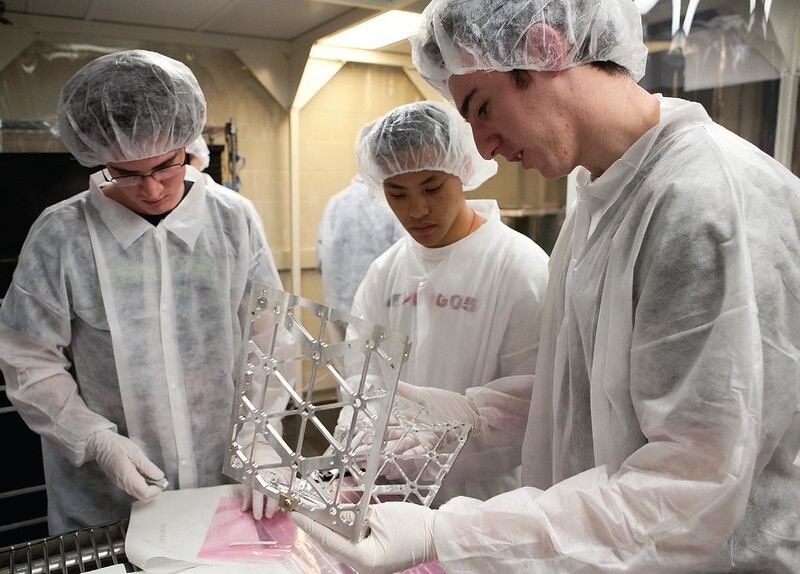
The Cornell University Satellite, a nanosatellite designed and built by students, is launched into space. The Cornell University Satellite (CUSat) is a nanosatellite developed by Cornell University that launched on 29 September 2013. It used a new algorithm called Carrier-phase Differential GPS (CDGPS) to calibrate..Read More
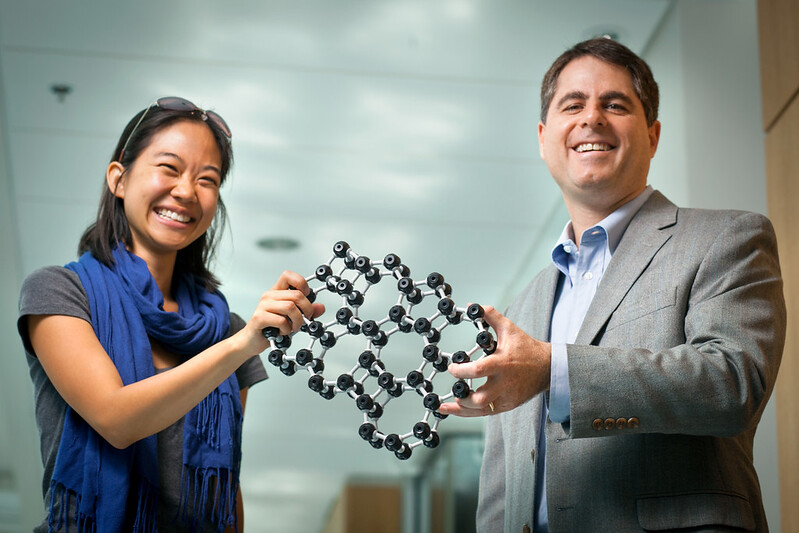
The world’s thinnest sheet of glass was created by David Muller, professor of Applied and Engineering Physics (M.S. 1994, Ph.D., 1996) and graduate student Pinshane Huang (M.S. 2012, Ph.D. 2014, Applied and Engineering Physics). This was the first time anyone was able to see the..Read More
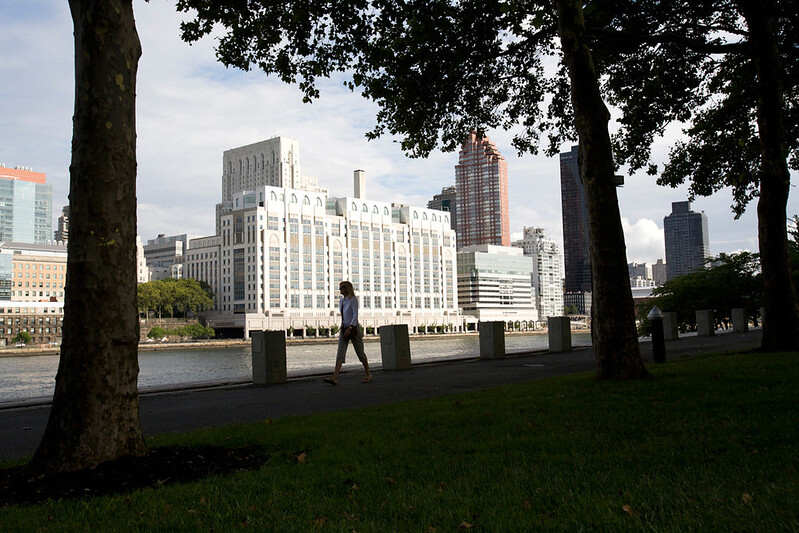
Cornell University was designated by New York City to build a sustainable campus on Roosevelt Island for graduate tech education. Cornell Tech (created under Dean Lance R. Collins) is an innovative, sustainable academic campus made up of a combination of state of the art academic..Read More
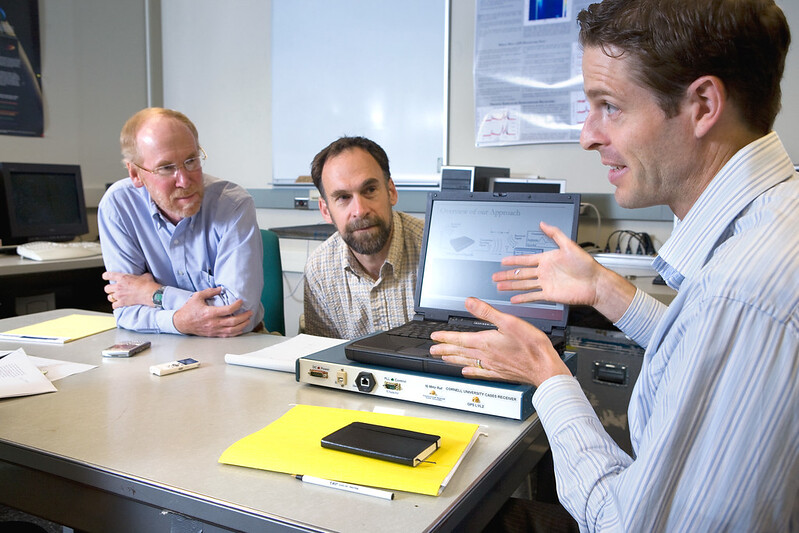
Todd E. Humphreys, (Aerospace Engineering, Ph.D., 2007); Paul Kintner and Mark Psiaki, professors of Electrical and Computer Engineering; Brent Ledvina, (Electrical Engineering, Ph.D. 2004); demonstrated the first known GPS spoofing attack, where a hacker can fool a targeted GPS receiver to misestimating its position, time..Read More
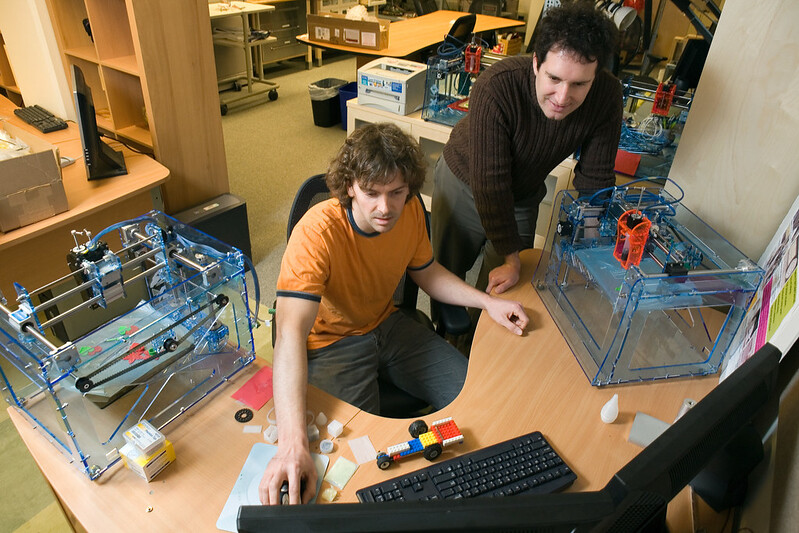
The Fab@Home project launched at Cornell Engineering. Designed and produced by Mechanical and Aerospace Engineering students, this first fully open-source 3D printer in the US, helped launch the consumer 3D printing revolution. Hod Lipson and Evan Malone of the Cornell University Computational Synthesis Laboratory began..Read More
